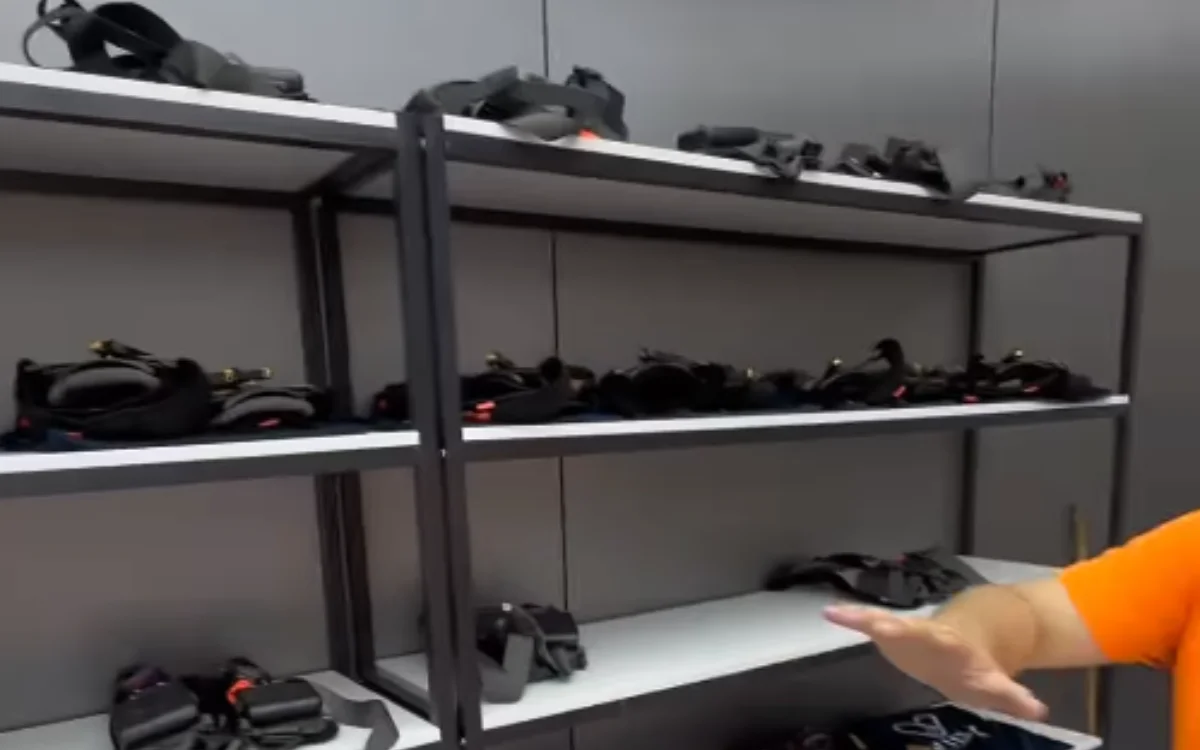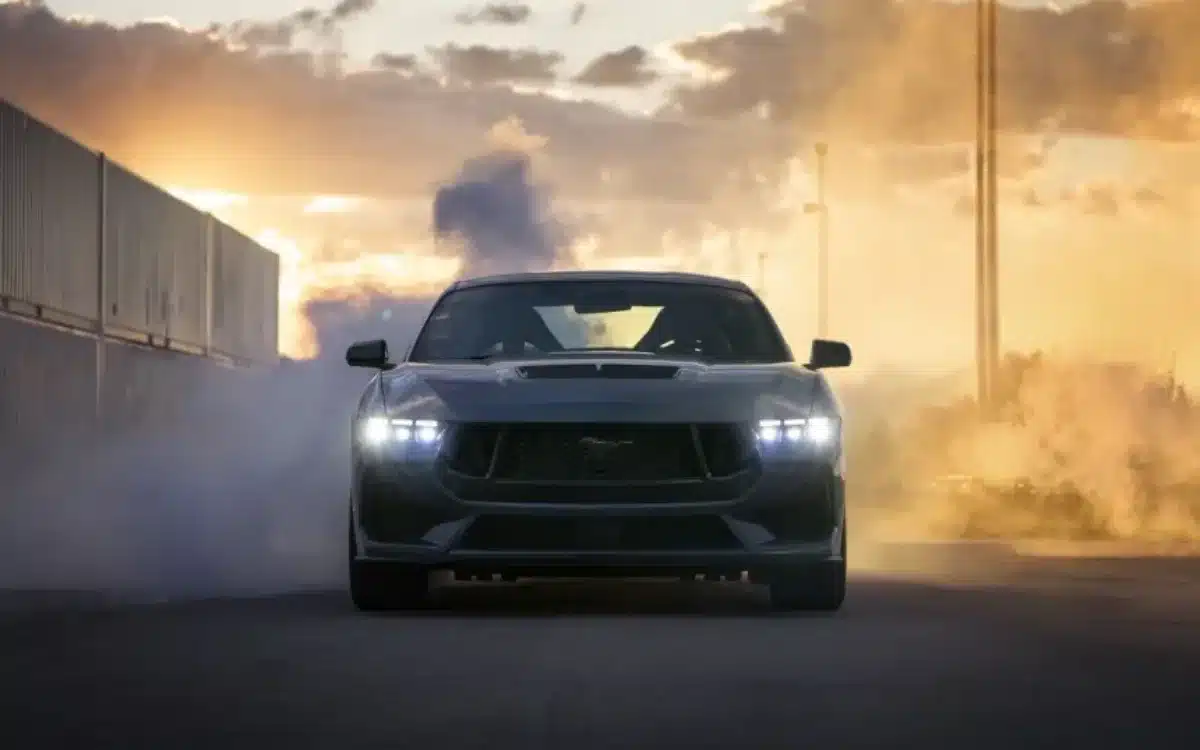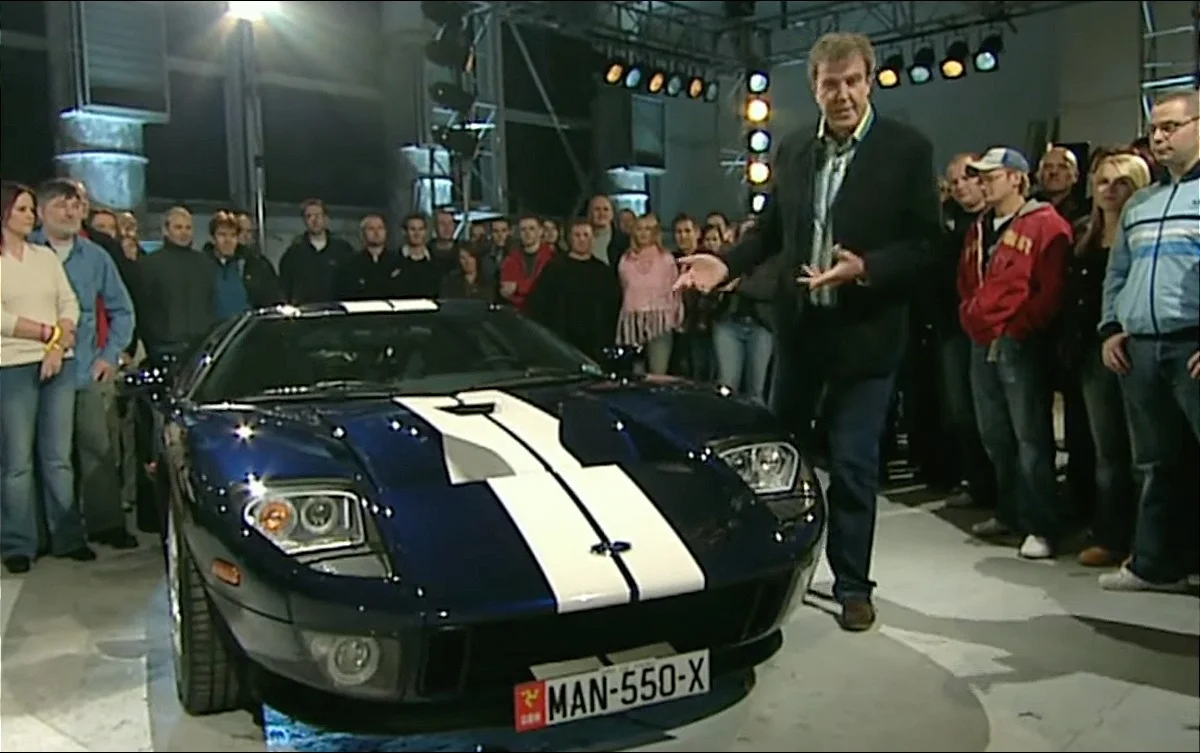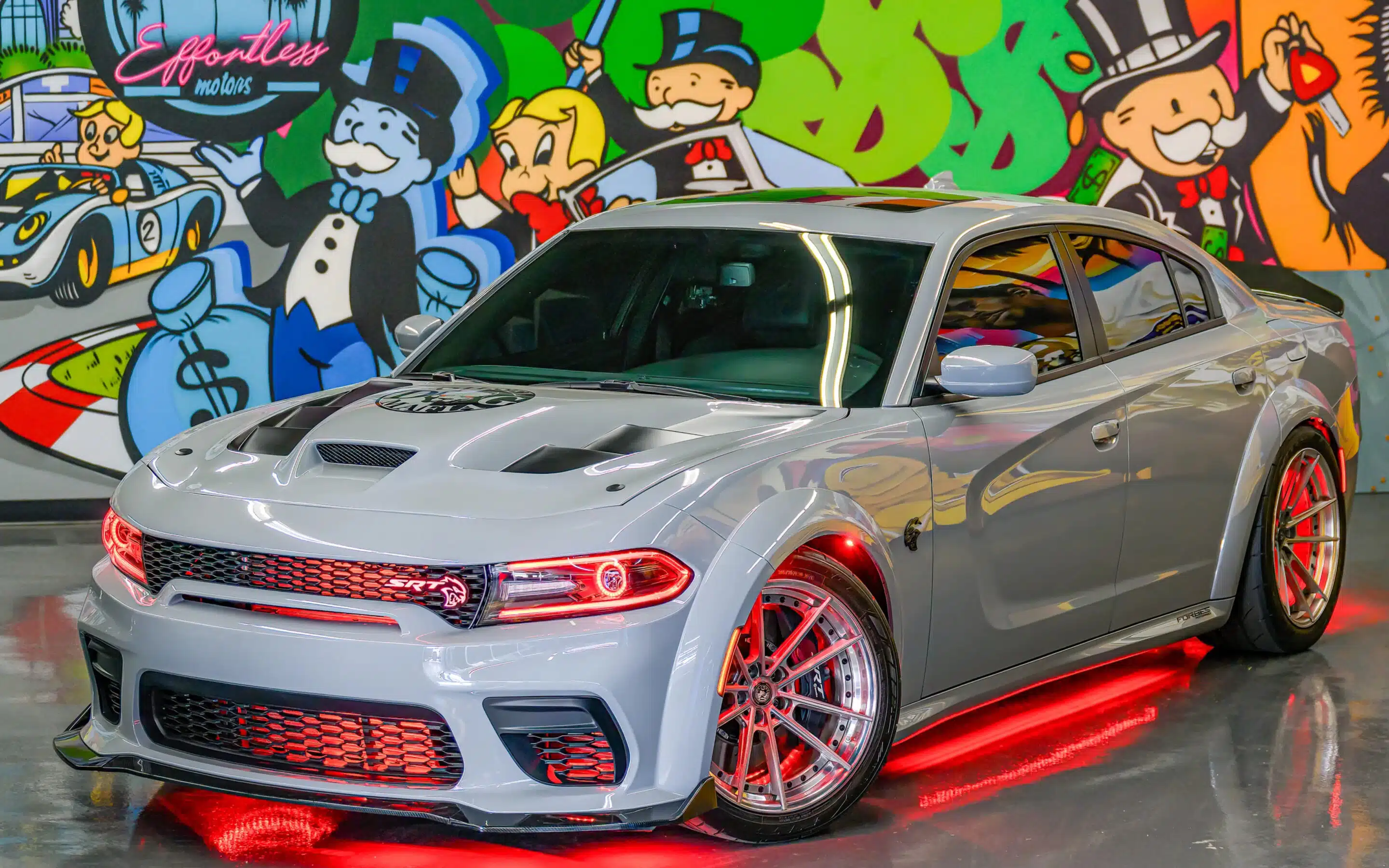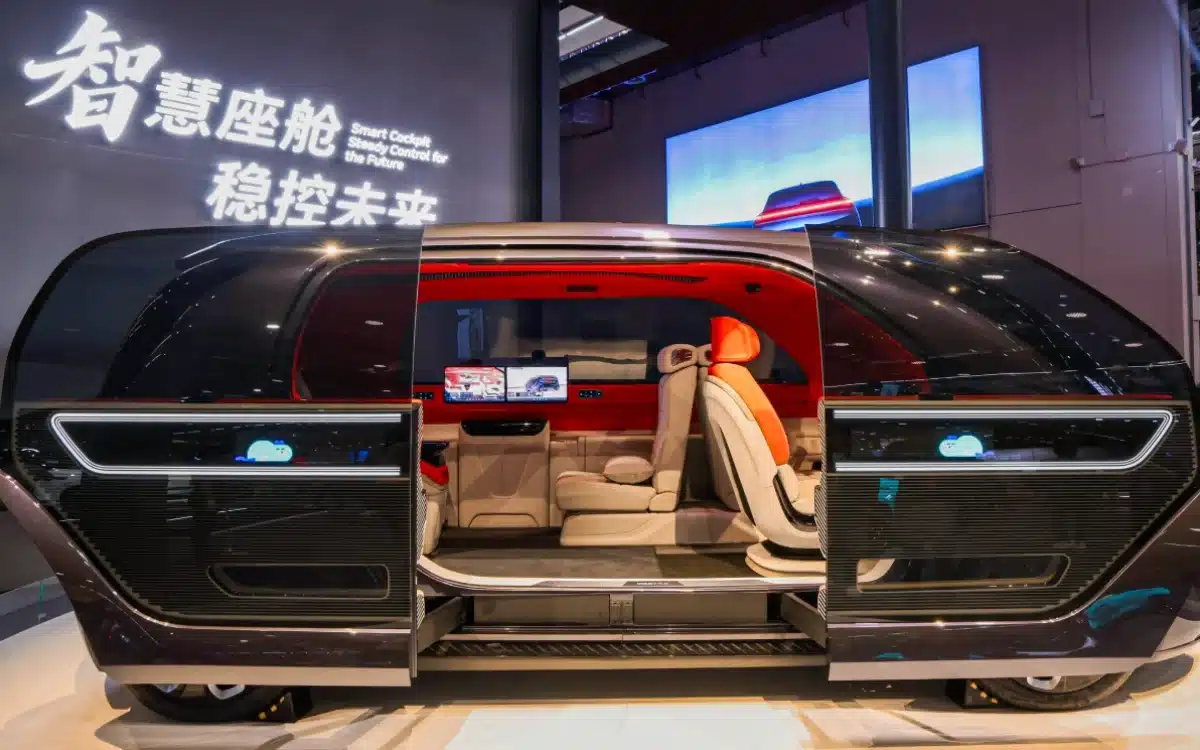The Boeing 2707 was the American answer to Concorde that was doomed from the start
The Boeing 2707 could have been America's big rival to the Anglo-French Concorde The post The Boeing 2707 was the American answer to Concorde that was doomed from the start appeared first on Supercar Blondie.
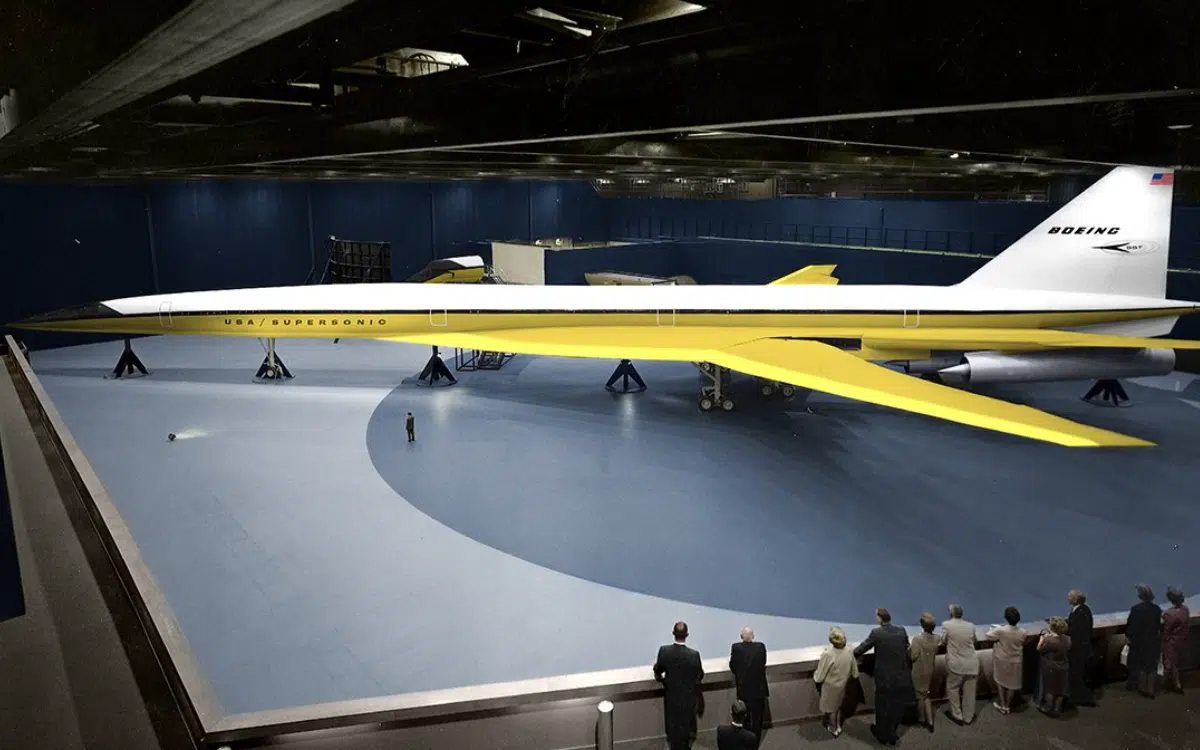
The Boeing 2707 was the supersonic airliner that was the American answer to Concorde, which was doomed right from the start.
After Concorde took flight in 1969, America wanted to create its version of the supersonic airliner that was not only faster, but could carry more people.
Boeing came up with the 2707. A radical airliner that initially had a swing-wing configuration, and a lot more seats than its potential rival.
However, the aircraft never got beyond full-sized mockups, and the reality was that the aircraft was doomed from the start.
DISCOVER OUR SUPERCAR AUCTION SITE – View live auctions on SBX Cars
What made the Boeing 2707 such an interesting aircraft?
The Boeing 2707 was developed in the 1970s.
It came as the United States saw the potential success that the Anglo-French Concorde could have.
Not willing to concede its lead in the aviation industry, a competition was set up for design proposals for a new supersonic American airliner.
Lockheed and Boeing both entered the competition, along with a few other manufacturers.
In the end, the latter’s design won the contract.
What they came up with was a longer, wider aircraft than Concorde, with a swing-wing configuration.
The wings would swing out for takeoff and landing before retracting for supersonic flight.
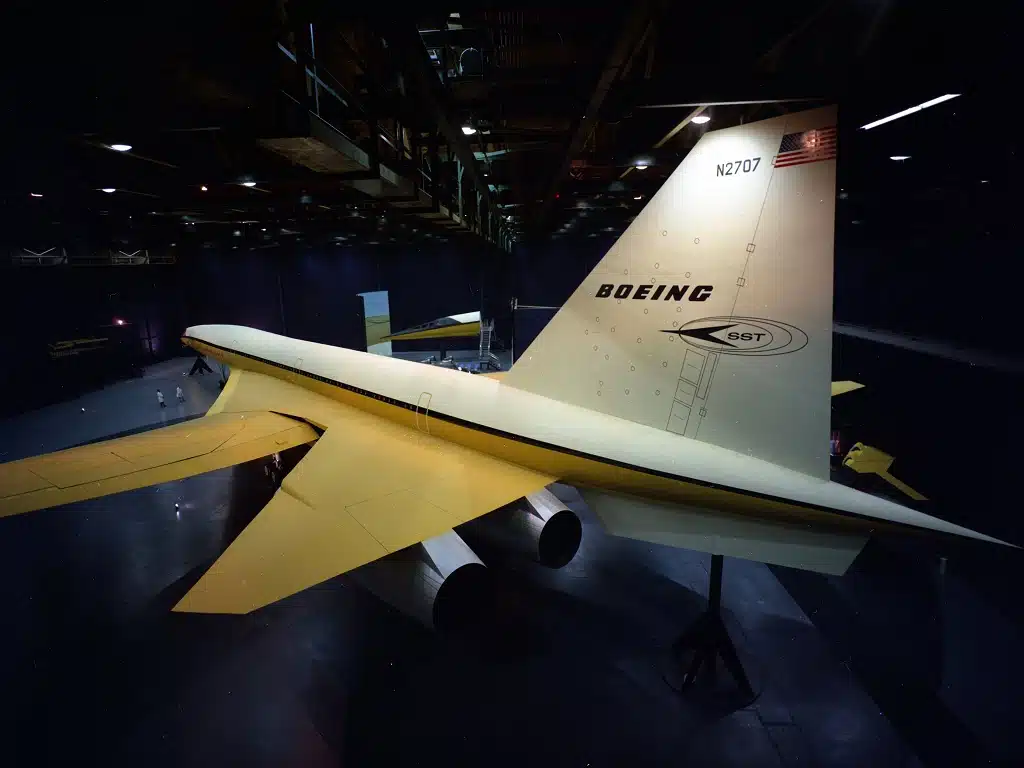
The Boeing 2707 would have had four engines, and the aim was to have a top speed of Mach 3 and carry up to 300 passengers.
There was even more reason for Boeing to attempt to build its own supersonic airliner.
The Soviet Union had come up with the Tupolev Tu-144 ‘Konkordski’ in response to Concorde.
America couldn’t lose to either the Anglo-French aircraft or the Soviet Union.
Boeing built full-size mockups of its American answer to Concorde
One impressive aspect of the Boeing program was that the company built full-sized mockups of the 2707.
This enabled potential travellers and buyers a chance to see what the finished product may look like.
It also gave them a chance to see how spacious the cabin would be.
The first mockup was made of wood and featured the swing-wing layout that had become such a talking point.
Inside, the aircraft had three-seat rows, and it was equipped with 277 seats in total.
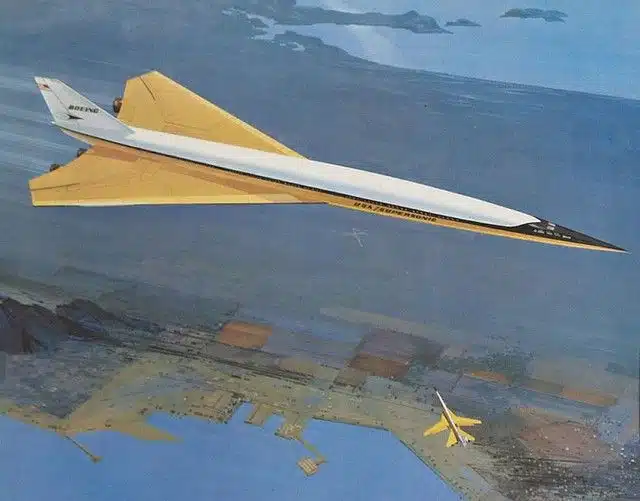
Boeing also evolved the droop nose of Concorde, with its 2707 featuring a two-part ‘droop-snoot’.
Public interest was massive, with Boeing offering guided tours of the mockup inside its hangar, and queues would soon become very long.
However, behind the scenes, all was not well with the project.
Boeing’s supersonic airliner project began with all apart
Firstly, the complexity of the swing wings and their extra weight posed multiple design challenges.
A switch to a more conventional, delta-shaped wing, like Concorde, was chosen, and this was shown off in a new, aluminum full-size mockup.
But deciding on a wing was the least of the project’s worries.
Costs had begun to spiral out of control, as they had with Concorde, and the challenges of creating a Mach 3 airliner were becoming apparent.
Then there was the lack of commercial interest in the airliner.
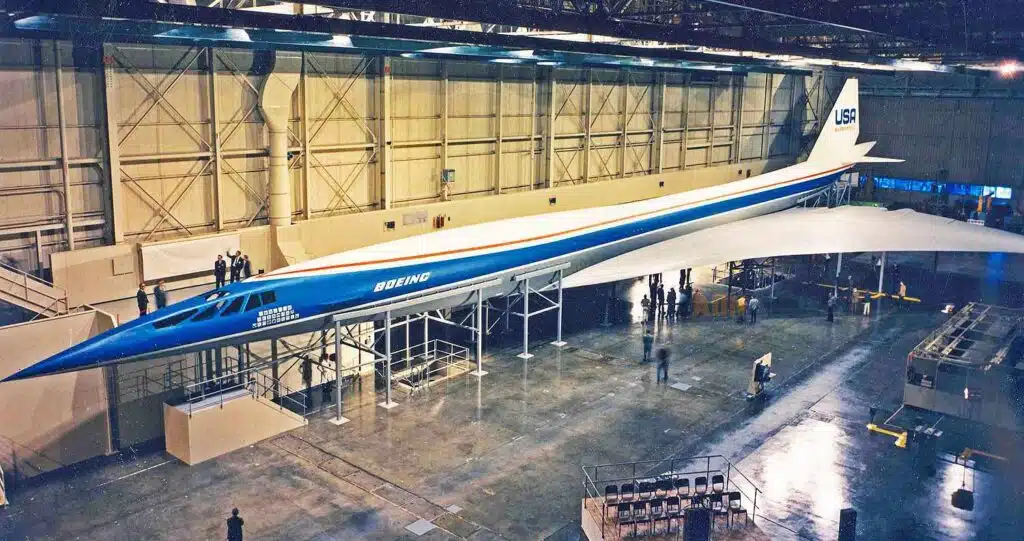
Tests over land revealed that the public could and would not tolerate regular supersonic booms, and they were causing havoc.
Overland sonic booms were thus banned, and this would massively impact the market for the Boeing aircraft.
It was also felt that the aircraft would be too noisy when taking off and landing.
The initial massive orders for Concorde began to dry up, and it is a fate that the 2707 also suffered.
The American answer to Concorde was cancelled in the 1970s
In the end, Concorde would not enter service until 1976, and only ever flew with Air France and British Airways.
Boeing’s 2707, meanwhile, never made it that far.
In 1971, the U.S. Senate rejected further funding for the project, with the House of Representatives also voting to end funding for the jet.
At this time, the aircraft had 115 orders from 25 airlines.

The project was officially cancelled later in 1971, and while there were some hopes it would be revived, this never came to pass.
The cancellation caused Boeing to cut jobs by up to 60,000, and the project became known as “the airplane that almost ate Seattle.”
Had the House of Representatives and the Senate kept the project going, who knows where commercial aviation could have been if the Boeing 2707 had taken to the skies and given us the American answer to Concorde.
Click the star icon next to supercarblondie.com in Google Search to stay ahead of the curve on the latest and greatest supercars, hypercars, and ground-breaking technology.The post The Boeing 2707 was the American answer to Concorde that was doomed from the start appeared first on Supercar Blondie.
What's Your Reaction?












